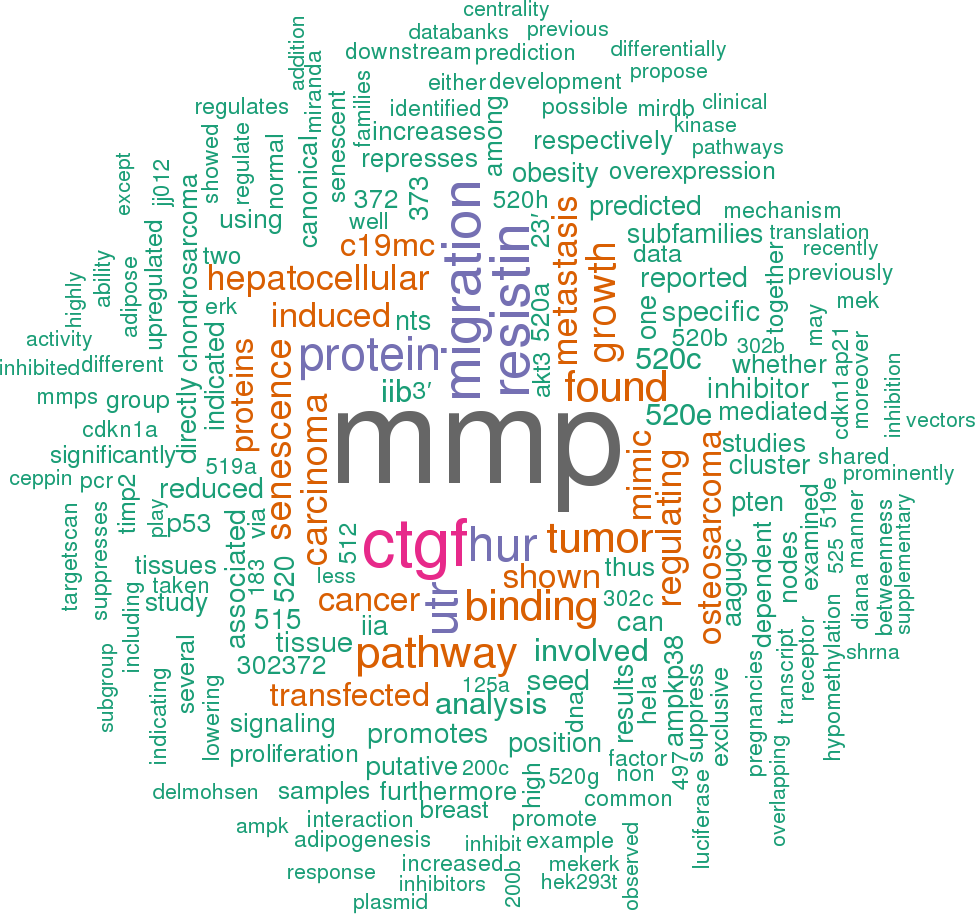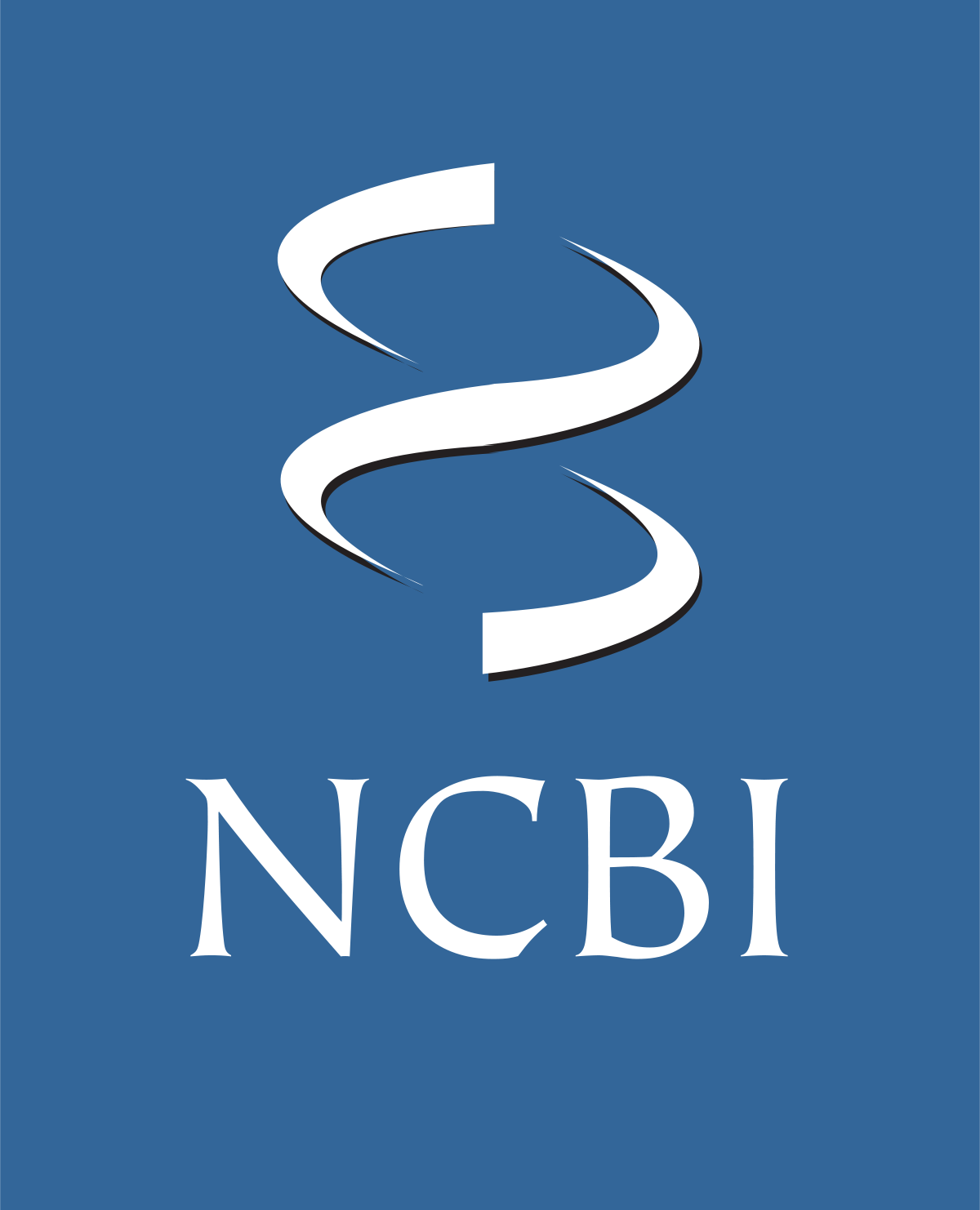Accession
MI0003162
Symbol
HGNC:
MIR519D
Description
Homo sapiens
hsa-mir-519d precursor miRNA
Gene family
MIPF0000020;
mir-515
Summary
Caution, this is an AI generated summary based on literature. This may have errors. ?
MIR519D is a microRNA that has been studied in various contexts, including hepatocellular carcinoma (HCC) [PMC5074303]'>PMC5074303], central nervous system (CNS) tumors [PMC8235499]'>PMC8235499], non-alcoholic fatty liver disease (NAFLD) [PMC9775974]'>PMC9775974], and breast invasive carcinoma [PMC6193703]. In HCC, MIR519D has been shown to target TIMP2, a member of the TIMP family that regulates the activity of MMP2 [PMC5074303]. However, in hypoxic HCC cells, MIR519D up-regulation was not observed [PMC5074303]. Interestingly, MIR519D is overexpressed in the majority of CNS tumors [PMC8235499]. In NAFLD, MIR519D is elevated and directly targets PPARα mRNA [PMC9775974]. In HCC tumorigenesis, MIR519D has been validated to play a specific role [PMC6338110]. It is also associated with stem cell biology and tumorigenesis [PMC8508841]. Additionally, MIR519D expression has been found to be increased in adipogenesis-promoting cells but decreased in another subtype [PMC6307768]. Furthermore, little to no expression of MIR519D was observed at the RNA level in patients with certain pathologies [PMC9623263]. Disruption of MIR519D has also been observed along with its target genes in certain individuals from different regions [PMC3938728]. Hypomethylation of the CpG island of miR-519d and miR-429 resulted in increased expression of MIR519D in HCC [PMC8904560]. Finally, based on module genes analysis, it was predicted that MIR106A, MIR106B, MIR20B, and MIR519D may be involved in certain diseases or conditions [PMC9208509].
Literature search

42 open access papers mention hsa-mir-519d
(164 sentences)
(164 sentences)
Sequence
54
reads,
6
reads per million, 12 experiments
ucccaugcugugacCCUCCAAAGGGAAGCGCUUUCUGUUuguuuucucuuaaaCAAAGUGCCUCCCUUUAGAGUGuuaccguuuggga
(((((.((.(((((.(((.(((((((.((((((..((((((........)))))))))))).))))))).))).))))).)).)))))
(((((.((.(((((.(((.(((((((.((((((..((((((........)))))))))))).))))))).))).))))).)).)))))
Structure
u u C C A UC uuu
uccca gc gugac CUC AAAGGGA GCGCUU UGUUug u
||||| || ||||| ||| ||||||| |||||| ||||||
agggu ug cauuG GAG UUUCCCU CGUGAA ACaaau c
u c U A C -- ucu
Annotation confidence
Not enough data
Do you think this miRNA is real?
Comments
The mature sequence shown here represents the most commonly cloned form from large-scale cloning studies [2].
Genome context
chr19: 53713347-53713434 [+]
Clustered miRNAs
9 other miRNAs are < 10 kb from hsa-mir-519d
| Name | Accession | Chromosome | Start | End | Strand | Confidence |
|---|
Disease association
hsa-mir-519d is associated with one or more human diseases in the Human microRNA Disease Database
| Disease | Description | Category | PubMed ID |
|---|
Mature hsa-miR-519d-3p
| Accession | MIMAT0002853 |
| Description | Homo sapiens hsa-miR-519d-3p mature miRNA |
| Sequence | 54 - CAAAGUGCCUCCCUUUAGAGUG - 75 |
| Evidence |
experimental
array-cloned [1], cloned [2], Illumina [3] |
| Database links |



|
| Predicted targets |


|
Mature hsa-miR-519d-5p
| Accession | MIMAT0026610 |
| Description | Homo sapiens hsa-miR-519d-5p mature miRNA |
| Sequence | 15 - CCUCCAAAGGGAAGCGCUUUCUGUU - 39 |
| Evidence |
experimental
Illumina [3] |
References
|



